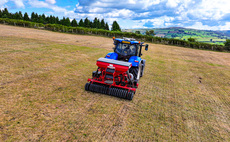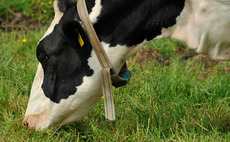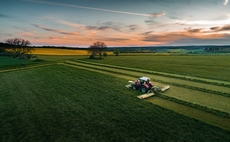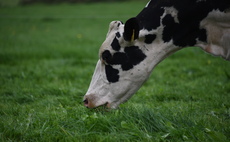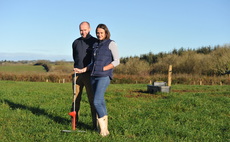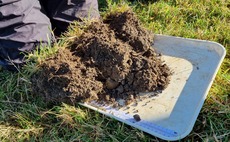grass
In your field
Alan Carter farms in partnership with his parents, Paul and Christine, on a 162 hectare (400-acre), 400-cow dairy unit at Constantine, Cornwall, with 130 milking cows, supplying Saputo. Alan, also a Parish Councillor, and his wife Sarah, have two children, Ross and Dana
Dairy
Once conditions dry out, many farmers will start to think about over-seeding their pastures to improve health and productivity of grassland
Better Silage
High quality silage is a high energy, palatable and digestible forage which can provide a significant proportion of the nutritional needs of a high yielding dairy cow
Livestock
Now is the time to make key decisions around grazing and silage management in order to mitigate the adverse effects of a late turnout and delayed nutrient applications
Better Silage
Ensuring grass is cut at the right time to achieve the desired silage quality is paramount and leaving it late will result in a reduction in sugars, protein and digestibility
Dairy
Farmers are advised to look ahead at this year's silage quality to reduce input costs and manage environmental footprint. Farmers Guardian reports.
Dairy
Spring turnout creates many dietary challenges for dairy herds that can result in butterfat depression and fertility issues
Livestock
An approach to grassland management described as ‘transformational' is enabling a Pembrokeshire beef farm to grow and finish cattle without any concentrate feed
Arable
Reminder to farmers to apply herbicides where competitive annual weeds might smother grass leys

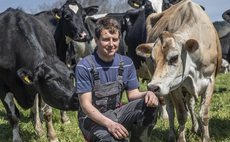
 22 June 2024
•
3 min read
22 June 2024
•
3 min read
